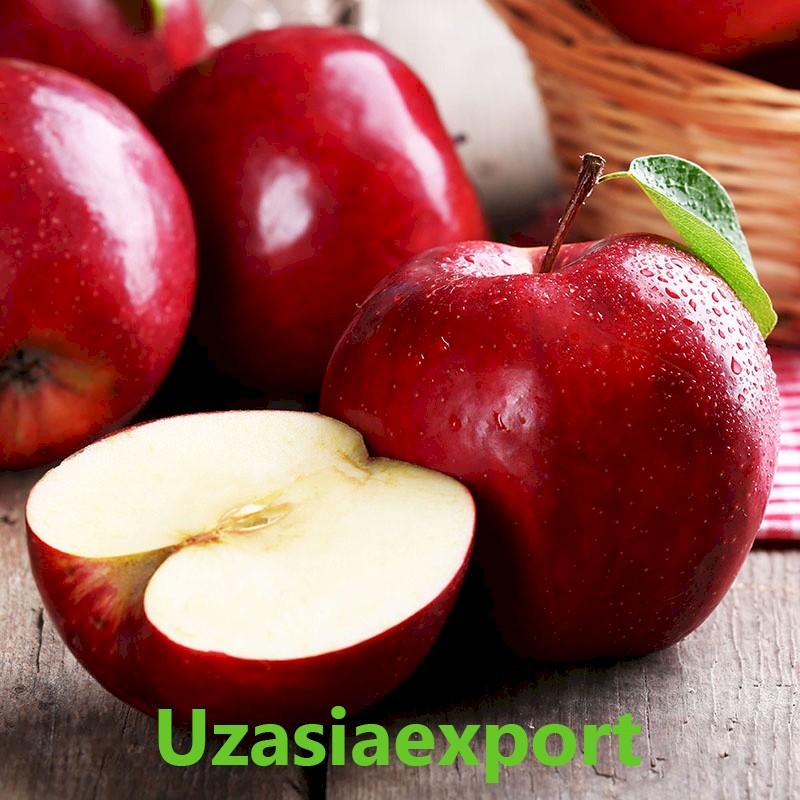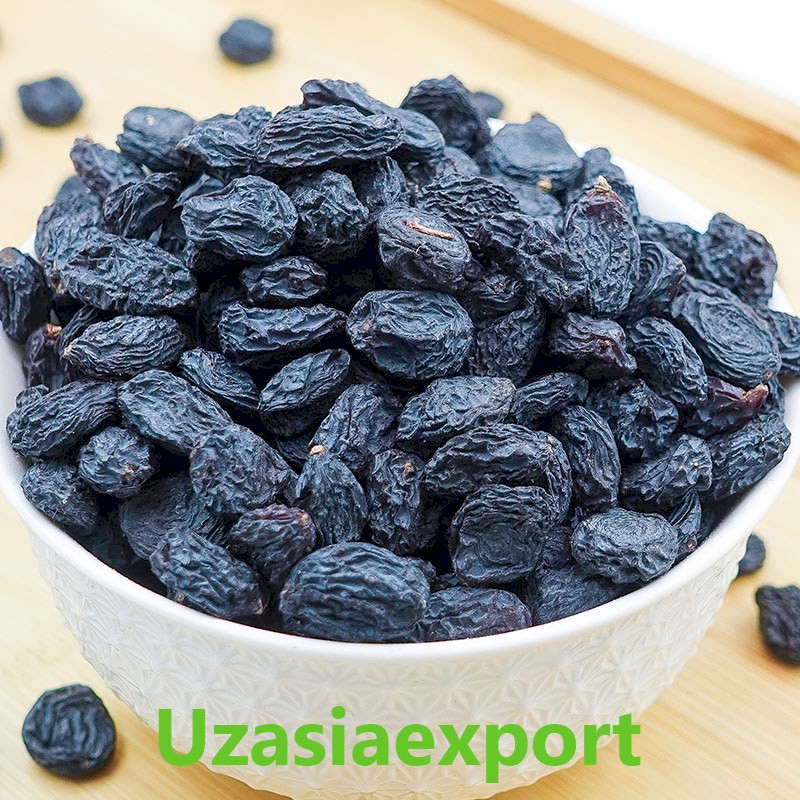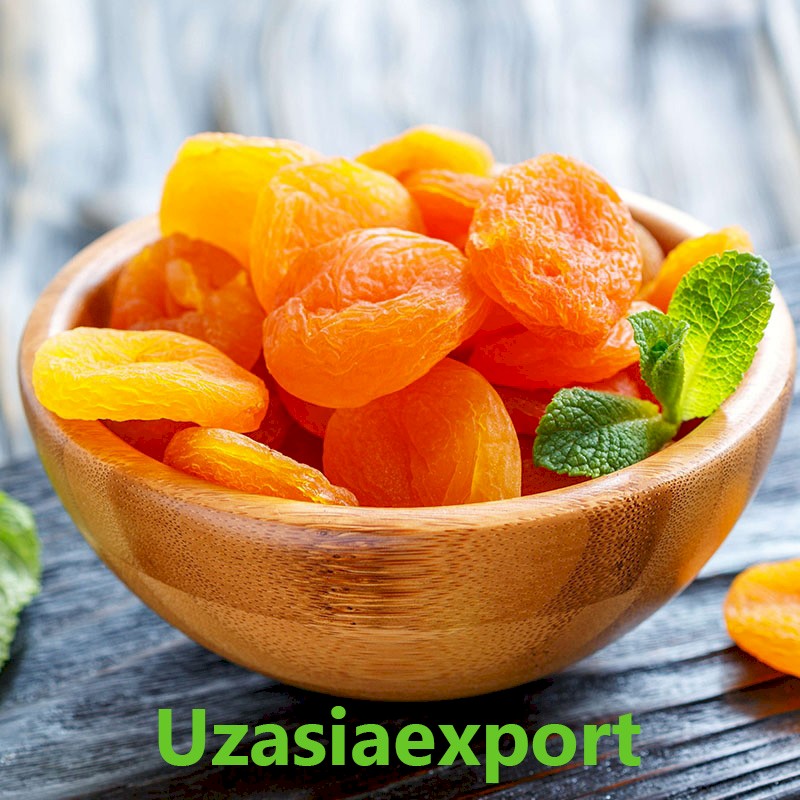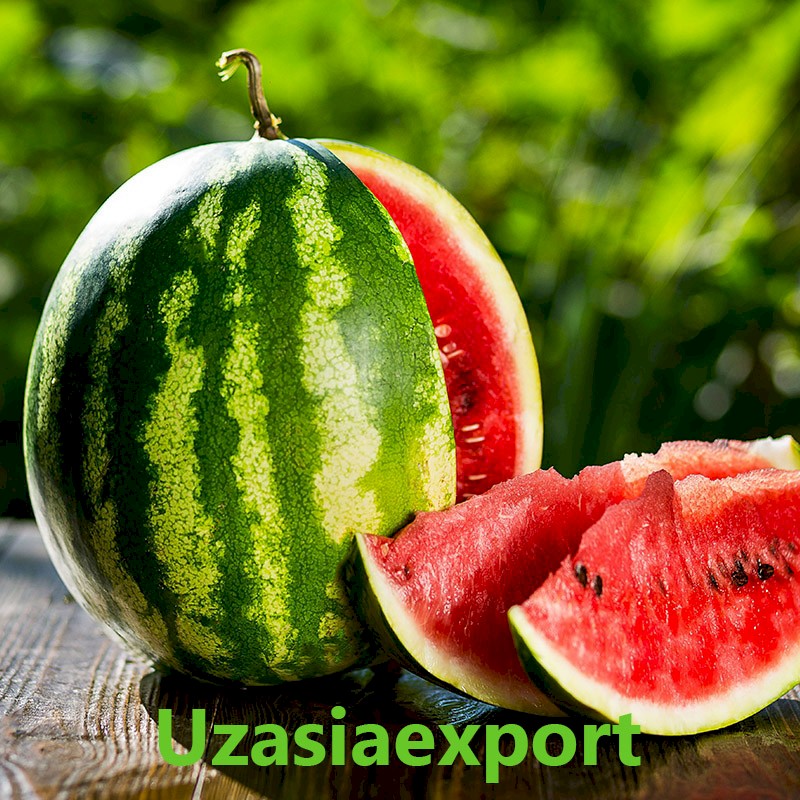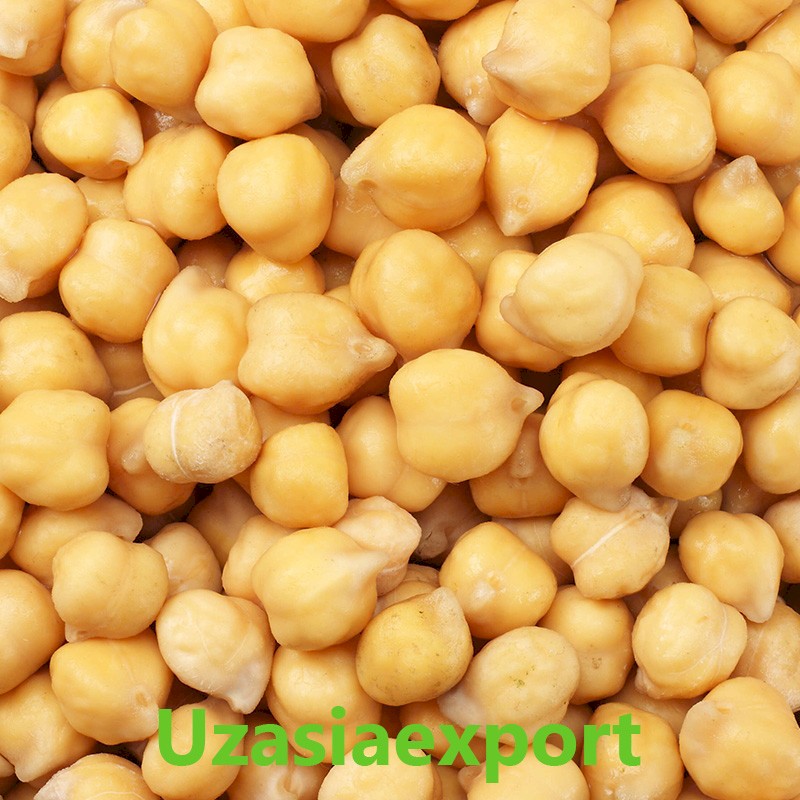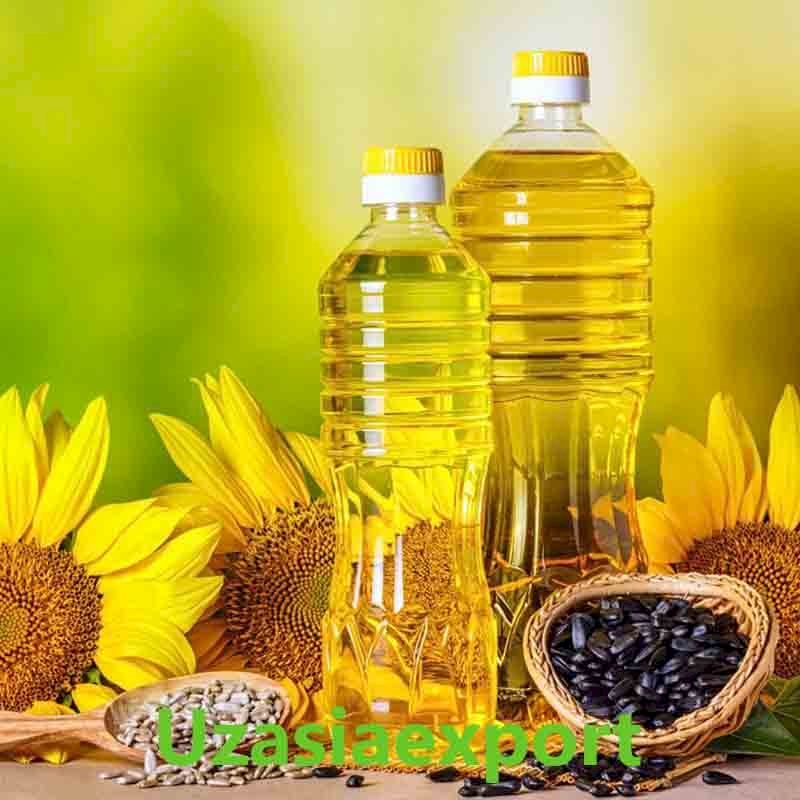Pomegranate
-
Product category: Fruits
-
Species (Varieties): Kazaki anor Dessertniy Red pomegranate Achchikdona Oqdona
Suppliers:0
Small description
Pomegranate
UZB Hs Code : 0810 90 750 1
Pomegranate is one of the oldest fruit plants in our country. Its homeland is Old Asia (regions of Azerbaijan, Iran and Afghanistan). There are two species of pomegranate (Punica L) - cultivated (P. granatum) and wild (P. protopunica), and wild pomegranate is not consumed.
The growing period of pomegranate is 180-225 days. Pomegranate is a heat-loving plant, when the total useful temperature reaches 50000 C, high quality fruit is obtained from it. In the southern regions, pomegranate is grown at an altitude of 1,200 m above sea level on dry lands with a rainfall of about 700 mm.
The fruits are large, the average weight is from 150-200 g to 1-1.2 kg. Collected when fully cooked. If harvested early, it will not ripen when stored. If the ripe fruit is not picked in time, it will crack. Pomegranate is severely damaged by frosts of 15–16 degrees. At 18-20 degrees, it is cold to the root collar. So it is buried in the winter. There are more than 40 varieties in Uzbekistan, which are resistant to frost and are grown mainly in the winter. Depending on the age and variety of orchards, each hectare can yield 15-35 tons.
Pomegranate is distinguished from other fruits by its healing properties. The fruits contain 25-32% sugar, 0.2-2.5% organic acids, 10% tannins, up to 3.4% proteins, 2-6% pectin, as well as iron, cobalt, iodine, vitamins C, R, A. Fruits contain up to 250-1300 mg% of vitamin C, which is also present in the leaves, roots and flowers.
Depending on the acidity of pomegranate juice is divided into 3 groups: sweet if it contains up to 0.9% acid, sour if it contains 0.9-1.8%, and bitter pomegranate if it contains more than 1.8%.
Pomegranate seeds contain 35.02% water, 1.54% ash, 6.85% fat, 12.64% starch, 9.38% protein and 22.41% fiber. Pomegranate seeds contain 6.6% water, 20.8% fat, 20% starch, 34% fiber and 10% nitrogen.
Fresh pomegranate peel contains 56.16% water, 39.2% ash (absolutely dry matter), 28.38% additives. Its bark is used in dyeing wool and linen products, yarns, inks, as well as as a vegetable dye for dyeing wool and cotton goods. From its flowers are made red fabrics, red dyes for inks.
Due to the high content of tannins and iron in pomegranate juice, it is used in the treatment of atherosclerosis and other diseases, diseases of the gastrointestinal tract, cardiovascular, angina, asthma, epilepsy. Pomegranate juice whets the appetite, from which a fragrant drink is prepared.
The fruit of the pomegranate is large, thick-skinned, the fruit is thick and falling off, weighing 250-800 g and more.

Suppliers of this product
Shown 0 goods from 0
Hot deals
Popular products currently available






